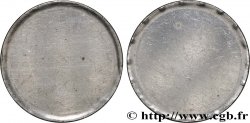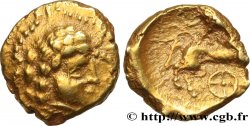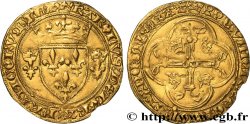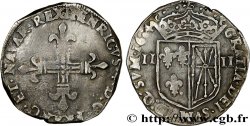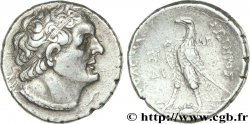- Accueil
- > Archiv
- > Euro Münzen
feu_559277 - EUROPÄISCHE ZENTRALBANK Essai 10 Cent Euro double face commune, frappe monnaie sur flan blanc n.d
Nicht verfügbar.
Artikel auf unserem Online-Shop verkauft (2020)
Preis : 850.00 €
Artikel auf unserem Online-Shop verkauft (2020)
Preis : 850.00 €
Type : Essai 10 Cent Euro double face commune, frappe monnaie sur flan blanc
Datum: n.d
Prägemenge : nc
Metall : Weissmetall
Durchmesser : 19,5 mm
Stempelstellung : 6 h.
Gewicht : 3,88 g.
Rand larges cannelures
Seltenheitsgrad : R3
Vorderseite
Rückseite
Kommentare
Étonnant exemplaire d’essai de 10 Cent Euro avec la nouvelle face commune adoptée en 2006. En effet en 2006 un nouveau revers fut adopté pour les monnaies Euro. La carte de l’Europe au revers des Euros fut élargie pour faire apparaître les nouveaux États-membres.
Cette pièce est donc un essai en double face et sur un flan non conforme datant certainement de 2005. La signature LL (du graveur Luc Luycx) semble légèrement plus large que sur le visuel finalement adopté.
Autres particularités : le métal non conforme (alliage blanc magnétique) alors que les 10 Cent Euro sont en cupro-aluminium nordique et frappe monnaie alors que les Euros sont tous émis en frappe médaille.
Différents ateliers de frappe ont participé aux tests suite à l’adoption de la nouvelle carte commune. Il est probable qu'il ai été frappé en Allemagne. Un exemplaire identique y fut retrouvé mais l’état de nos connaissances actuelles nous ne permet pas de connaître l’atelier de frappe précis.
Amazing test example of 10 Cent Euro with the new common face adopted in 2006. Indeed in 2006 a new reverse was adopted for Euro coins. The map of Europe on the reverse of the Euros was enlarged to show the new member states. This coin is therefore a double-sided test and on a non-compliant flan certainly dating from 2005. The LL signature (by the engraver Luc Luycx) seems slightly larger than on the visual finally adopted. Other particularities: the non-compliant metal (magnetic white alloy) while the 10 Cent Euro are made of Nordic copper-aluminum and struck as coins while the Euros are all issued in medal strike. Different mints participated in the tests following the adoption of the new common map. It is likely that it was struck in Germany. An identical example was found there but the state of our current knowledge does not allow us to know the precise mint
Cette pièce est donc un essai en double face et sur un flan non conforme datant certainement de 2005. La signature LL (du graveur Luc Luycx) semble légèrement plus large que sur le visuel finalement adopté.
Autres particularités : le métal non conforme (alliage blanc magnétique) alors que les 10 Cent Euro sont en cupro-aluminium nordique et frappe monnaie alors que les Euros sont tous émis en frappe médaille.
Différents ateliers de frappe ont participé aux tests suite à l’adoption de la nouvelle carte commune. Il est probable qu'il ai été frappé en Allemagne. Un exemplaire identique y fut retrouvé mais l’état de nos connaissances actuelles nous ne permet pas de connaître l’atelier de frappe précis.
Amazing test example of 10 Cent Euro with the new common face adopted in 2006. Indeed in 2006 a new reverse was adopted for Euro coins. The map of Europe on the reverse of the Euros was enlarged to show the new member states. This coin is therefore a double-sided test and on a non-compliant flan certainly dating from 2005. The LL signature (by the engraver Luc Luycx) seems slightly larger than on the visual finally adopted. Other particularities: the non-compliant metal (magnetic white alloy) while the 10 Cent Euro are made of Nordic copper-aluminum and struck as coins while the Euros are all issued in medal strike. Different mints participated in the tests following the adoption of the new common map. It is likely that it was struck in Germany. An identical example was found there but the state of our current knowledge does not allow us to know the precise mint







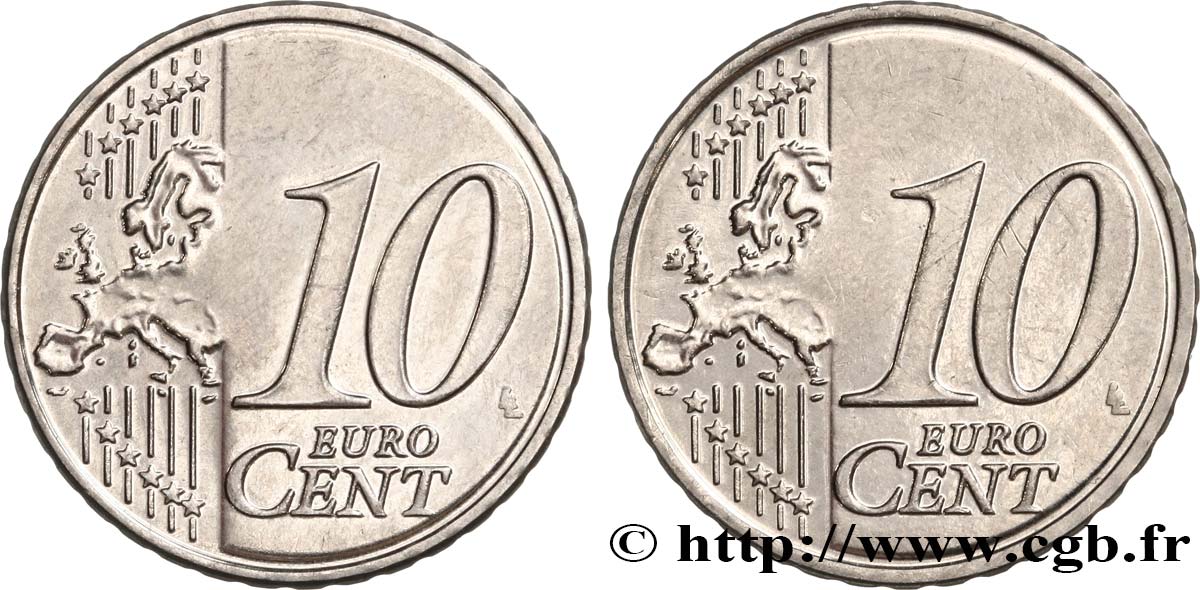
 Berichten über einen Fehler
Berichten über einen Fehler Die Seite drucken
Die Seite drucken Teilen meiner Auswahl
Teilen meiner Auswahl Stellen Sie eine Frage
Stellen Sie eine Frage Einlieferung/Verkauf
Einlieferung/Verkauf
 Details
Details

